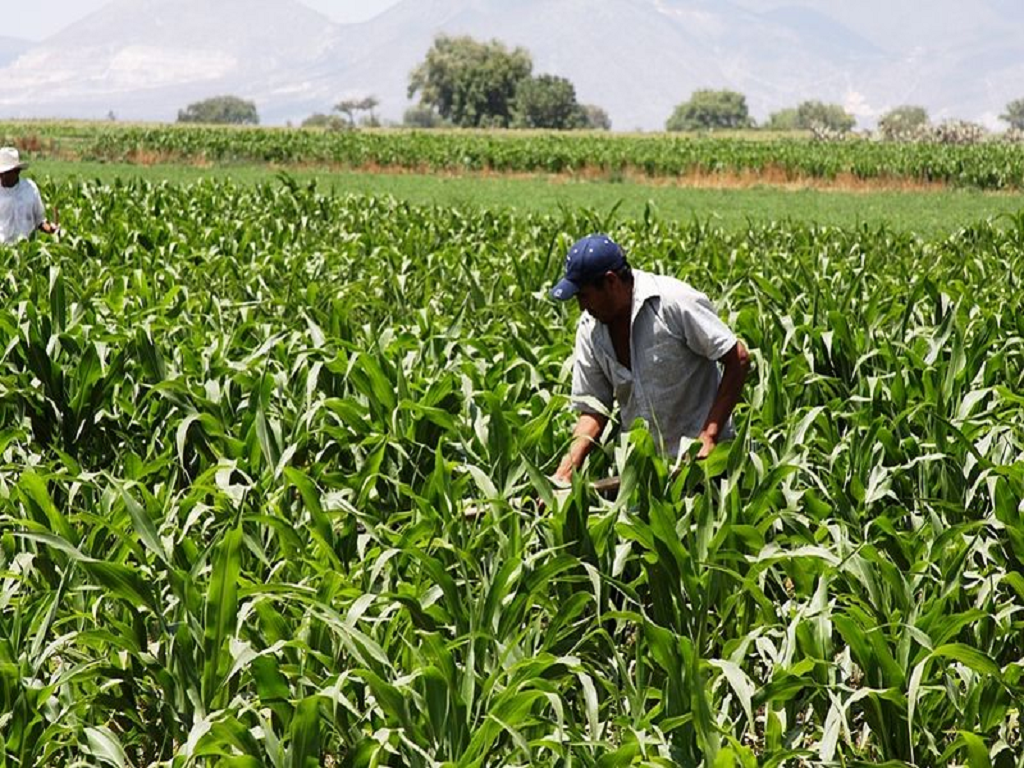
The war between Ukraine and Russia continues and there are no strong cues with respect to the end of the war. It has been almost three months since the war has begun. This is certainly not a good sign as it will result in slower growth of the global economy. Russia and Ukraine play a major role as global suppliers, contributing almost 12% of food items traded globally.
The two nations are among the leading providers of wheat, maize and sunflower oil, with Russia being the world’s top exporter of fertilizers. Ukraine leads in the global export market of wheat, sunflower, barley, rapeseed and maize with a share of 10 per cent, 47 per cent, 17 per cent, 20 per cent and 14 per cent respectively. Russia also has a strong presence with global exports of sunflower, wheat and barley, and has a market share of 25 per cent, 18 per cent and 14 per cent respectively.
For the agricultural sector, the story is slightly different, even for the Indians. As understood from discussions with the industry persons and trade sources, once the harvest season of wheat is over, prices of this commodity can gain further by roughly 20-25 per cent, considering the sustained global supply chain disruption and robust export demand scenario. Palm oil imports from India have increased by nearly 19 per cent in March versus the previous month, as traders sought alternatives to sunflower oil, which can no longer be purchased from Ukraine because of the ongoing war with Russia.
The global buyers have turned their attention towards the closest substitutes of sunflower after the strikes began i.e. after February 24. Because of the limited availability of sunflower oil in the global market, India is likely to import other major edible oils like palm oil, soya oil or mustard oil with higher volumes in the forthcoming months.
Due to limited exportable surplus of sunflower in Russia and Ukraine, prices of sunflower oil are likely to shoot up further. Rise in demand for the substitute edible oils imply that the prices of palm oil, mustard oil, soya oil shall move up as well.
The conflict between the two nations is also likely to affect global coriander exports, as Russia and Ukraine are the key suppliers of coriander to the European markets. India leads in coriander production and is a traditional exporter. But this year, the supply pipeline will dry up in the next 5-6 months, due to which the import possibility will increase as an exception. Since production is affected in Russia and Ukraine, the overall scenario will be quite challenging for compensating the supply deficit. All in all, this would translate into better prices for farmers and other members of the coriander value chain.
The Russia-Ukraine war has resulted in disruption of the global agri commodity chain, most of the agricultural commodity prices may remain firm going forward. As the prices of agro commodities are likely to remain higher because of the supply chain constraints, the agriculture sector will be benefited in the longer run.
Additionally, companies in agrochemicals are likely to experience an improved financial situation from the current scenario. India’s rural economy is also expected to grow because once the harvesting of this crop is over and there is clarity over the monsoon progress, rural demand can improve swiftly, thus boosting the agriculture growth. An additional growth driver will be the various infra initiative measures on agriculture, taken by the government within the past one year.
















